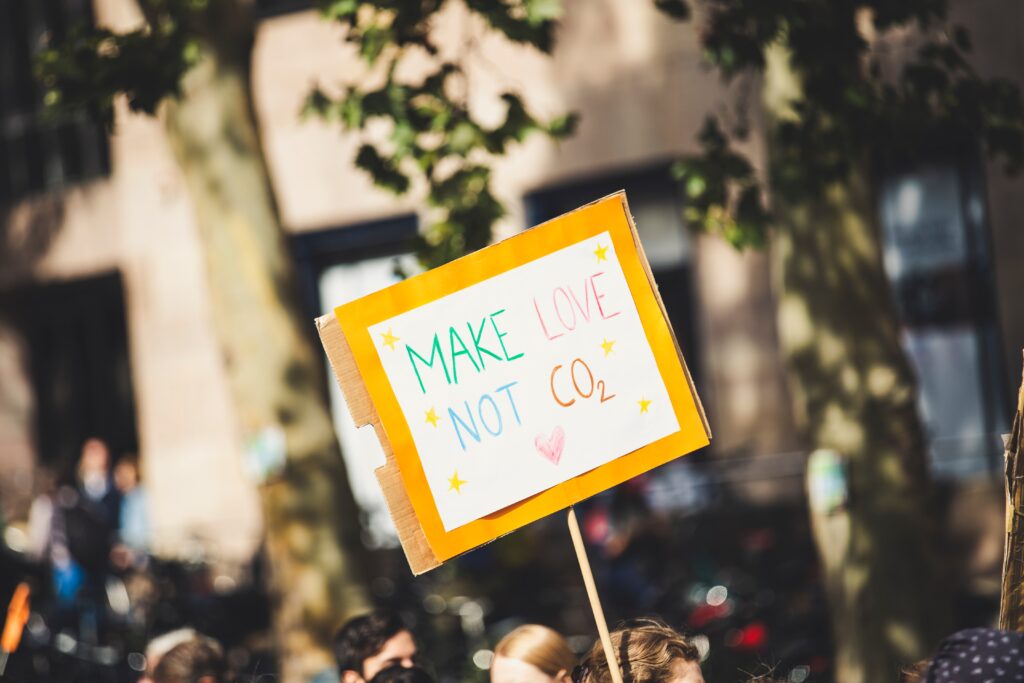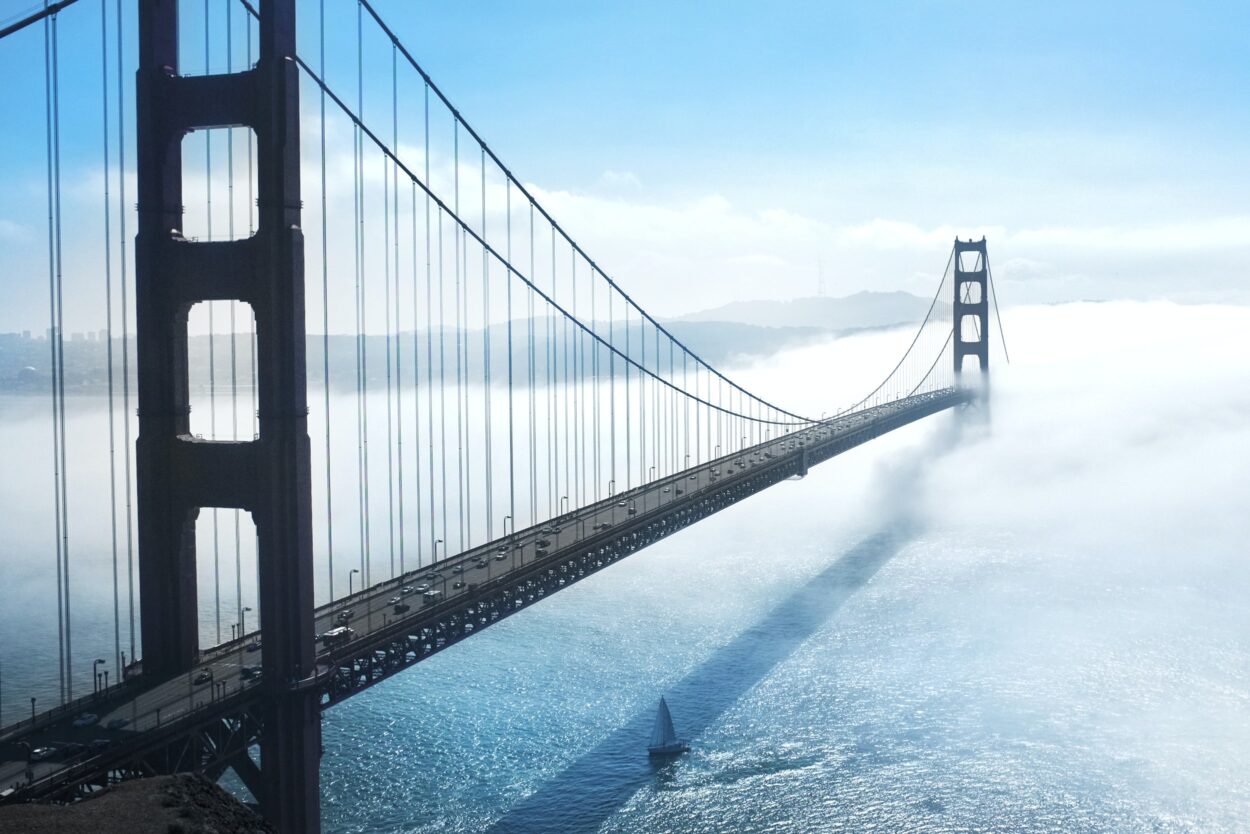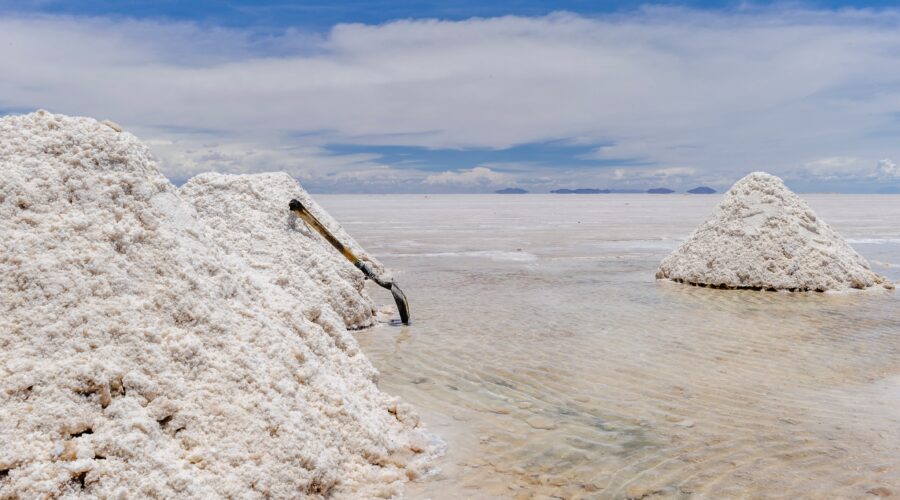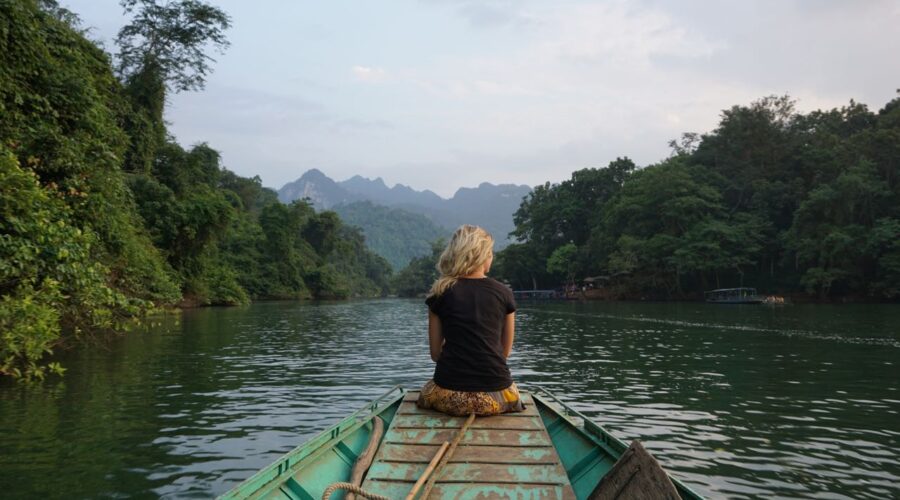This blog post explains why climate protection is important in tourism. It shows approaches for climate protection strategies that demonstrate ways in which tourism stakeholders can contribute to climate protection.
Contents:
- Why should tourism companies get involved in climate protection?
- What can tourism do for climate protection?
- Strategies for climate protection in tourism
Why should tourism companies get involved in climate protection, even if they are not an airline?
What emissions are produced in tourism and where do they come from?
A study by the University of Sydney shows that the emissions caused by tourism are higher than previously thought: if supply chains, such as the carbon footprint of food and drink, are included alongside buildings and transport, tourism does not account for "only" 5% of global emissions, as previously assumed, but 8%. In the period from 2009 to 2013, greenhouse gas emissions from tourism rose from 3.9 to 4.5 billion CO2 equivalents. This corresponds to an annual growth of 3.3%. At 75%, the main source of emissions is transport. (Source: UNEP/ UNWTO 2008) A further large proportion of 15-20% is attributable to buildings. (Climate facts, 2016) Smaller shares are accounted for by supply chains linked to tourism, such as catering, retail and the like, which add up to several million tonnes of CO2 equivalents each year. Levers for more climate protection in tourism therefore also exist far beyond transport. (Time Online, 2018)
Climate protection is a mandatory task to secure the future of tourism
At the same time, tourism is more dependent on a functioning ecological and social environment than almost any other industry. Climate change can quickly lead to the loss of tourism services, as examples from the Alps or the Spreewald show. Climate protection is an important instrument for ultimately preserving the ecological and social environment on which tourism is so heavily dependent. As shown above, every tourism business has an influence on the Climate change and can and should therefore also fulfil its responsibility for climate protection. In addition to climate protection measures, climate adaptation measures should also be taken to minimise the risks arising from the unavoidable consequences of climate change. (More on this in our blog post Climate change and tourism: Which regions are affected and what can be done?)
Growth in demand for climate-friendly offers
Developments in demand are also very exciting and interesting for tourism companies. What do customers want? Public awareness of sustainable and climate-friendly offers is increasing. The climate impact of travelling has also long since entered the minds of consumers. New word creations over the past 5 years are an expression of this change. Flight shame, for example, is now a common term in the population and the media. This new use of language is not only reflected in empty words, but also indicates an actual change in society. While the offsetting of emissions by travellers was still omnipresent in 2010, travellers today are making such CO2 compensation payments more frequently and more intensively. Train journeys and sharing models for bikes, cars, etc. are also becoming established. Climate protection is an increasingly important reason for travelling. It is only a matter of time before climate-friendly offers also continue to conquer the market outside of mobility.

Company examples of climate protection in tourism
The first companies to recognise this social change are actively embracing it. Various restaurateurs, such as the One World Cafés, are focussing on bio-regional sourcing and labelling the footprint of their food and drinks. These are pioneers in the market. They are taking their first steps out of intrinsic motivation. Others are forced to take measures for climate protection due to regulatory or financial requirements or public pressure. Aircraft manufacturers such as Airbus are now researching green flying and are endeavouring to bring the first emission-free wide-body aircraft onto the market by 2035. (Aero, 2020) The topic of climate protection has also reached destinations: The East Frisian island of Juist wants to climate neutral be. (FAZ, 2018) Even in cultural organisations such as the Helsingborg Symphony Orchestra, ways to achieve climate neutrality have become the order of the day. (3Sat, 2019)
Tourism companies can recognise climate protection as a market potential
These examples are still isolated cases and can be a unique selling point. This is interesting for marketing and sales. Tourism operators who pursue climate protection can gain market share. In just a few years, this current sales argument "climate and environmentally friendly" could become a mandatory task, which is better recognised as an opportunity today.
Future development of tourism-related emissions
As the world's population grows, a rapidly expanding global middle class is also expected, which is set to double by 2035. (City Loops, 2020) The demand for travel will grow even faster than the consumption of other products and services, according to the study by the University of Sydney. "If the current trend [towards more travel] does not change, tourism-related climate-damaging emissions will amount to 6.5 billion tonnes of CO2 equivalents [in 2025]." This corresponds to a growth of over 40% since 2013. It is hard to imagine how the figures will change by 2035. Under optimistic conditions, these can be limited to 5 billion tonnes. (Time Online, 2018) But what opportunities are there for climate protection in tourism?
Methods and best practice for sustainability in your mailbox


What can tourism do for climate protection?
How do you identify where you really have an impact on the climate?
The first step is to analyse where CO2 emissions are generated in the company or municipality. Which business areas have a significant impact on the climate? Carbon management is aimed at the systematic recording, avoidance, reduction and substitution or compensation of greenhouse gases. It also includes communicating these activities. In our Blog post Step-by-step guide to climate protection we explain which steps are necessary to achieve carbon management and how climate protection can be anchored in the strategy. The first step is to measure the carbon footprint, which identifies impacts and levers. Here we have Simple instructions for calculating the carbon footprint compiled.
Strategies for climate protection in tourism
Climate protection strategies through internal management
There are different approaches to pursuing climate protection in tourism. One approach is to change the internal management. Where is there potential for optimisation? Where can energy be used efficiently? How can supply chains and logistics, for example, be improved in a climate-friendly way? Which marketing tools can sensitise guests externally and employees internally? Which training courses are suitable for initiating a change in behaviour within the company that can reduce emissions?
There are overlaps here with the Choice of transport. In tourism in particular, there are various levers, ranging from the mobility of employees and guests to the mobility of suppliers, partners and other players in the tourism industry. Value chainlike agencies. How can a service provider influence their choice of transport?
Climate protection strategies through product change
How can a service provider exert influence with the composition of its own products, i.e. overnight stays or package offers, a package holiday, etc.? The strategy of product change is aimed precisely at optimising existing products in terms of their climate impact. How can you change the offer so that it is in demand by customers and has a more positive impact on the climate? How can you influence the behaviour of guests, i.e. create a Behavioural change through supply change create? Examples of more climate-friendly product design include replacing motorised activities with non-motorised ones such as cycling, promoting local recreational activities or extending the length of stay through better marketing of the destination, for example. Projections show that the greatest savings in emissions can be achieved by changing behaviour.
Climate protection strategies through product innovation
These positive effects can be even stronger with complete Product innovations such as virtual reality travel, which teleports users to other places in the world in an instant. Especially under the current Covid-19 travel restrictions, this type of travel could be in greater demand - along with enormous savings in greenhouse gases compared to travelling.
Climate protection strategies through technological change
At the Technological climate protection the topic of efficiency takes centre stage. How can technological progress be used to increase energy efficiency? Examples include the development and use of alternative fuels for airlines, renewable energies in guesthouses and the refurbishment of hotel buildings to make them more energy efficient. Compensation initiatives for Compensation of the CO2 footprint often support the further development of technology.
Offsetting can be pursued by both consumers and suppliers, e.g. by offsetting emissions caused by the hotel or trips taken by tour guides. It is important that a reduction in emissions in the product or company itself should be sought first, thereby working towards an improvement in climate performance, before offsetting emissions that cannot (yet) be excluded.
Are you looking for specific climate protection measures in tourism?
We have summarised useful climate protection measures for tourism stakeholders in our blog article Implementing climate protection in tourism: 40 valuable measures compiled for

We would be happy to advise you on more Sustainability in tourism. Ask us how you as a tourism stakeholder can identify and manage your positive and negative impacts. Click here more about our services for tourism stakeholders.

Are you planning the next steps towards sustainability?
Ask me for a free information meeting.
I am ready with advice and pleasure.
Franziska Kramer
Sustainability strategy and reporting topics



